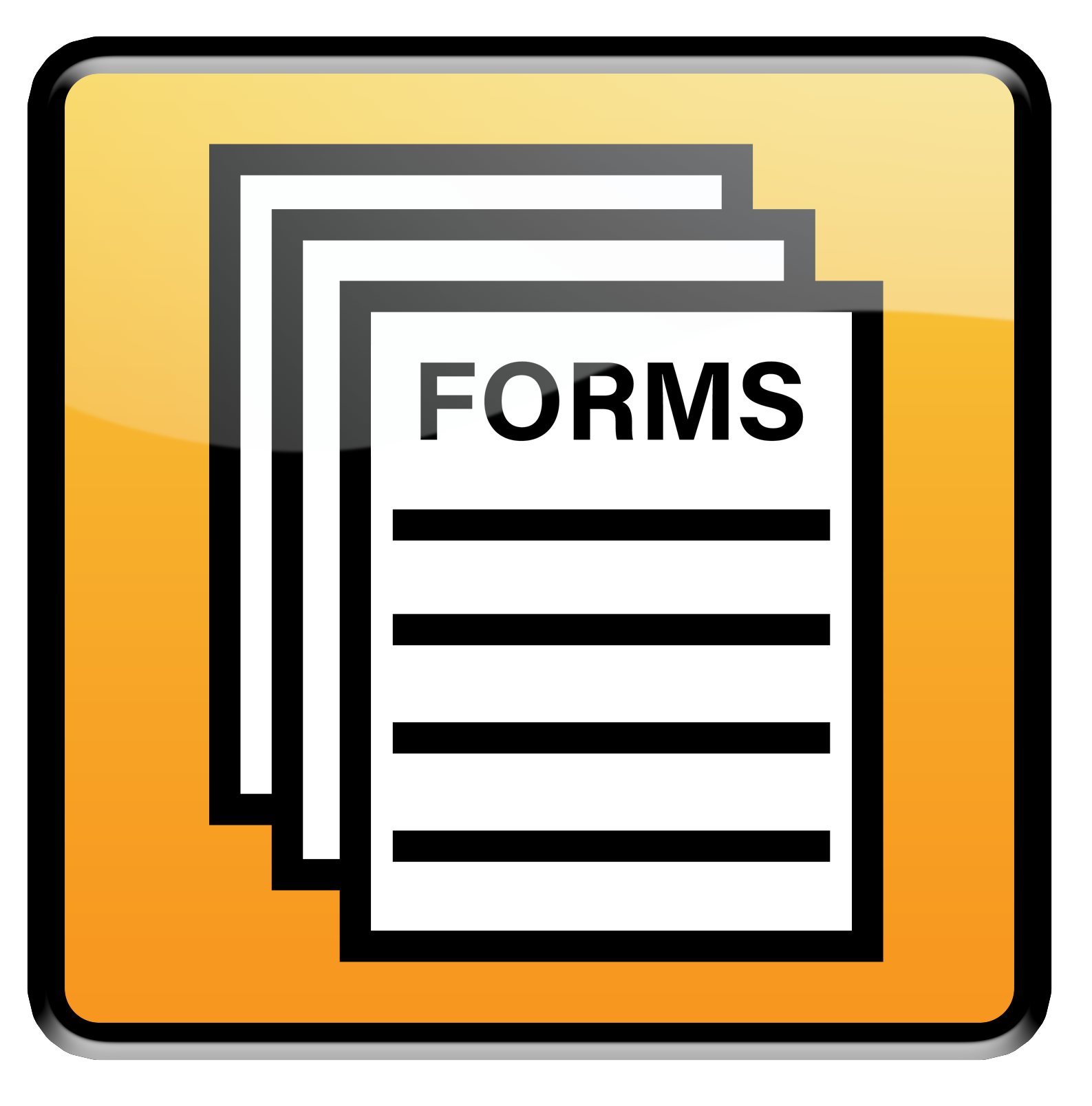Test Information Guide
This test information guide provides a summary of concepts that are tested on the written examinations of the Forensic Scientist Trainee, Options A, B, and C jobs. This information can be reviewed in combination with the class specification and examination announcement (if available) to assist you in preparing for the examination.
Description of the Forensic Scientist Trainee, Options A, B, and C (Form A) Open Competitive Exam(s)
| Forensic Scientist Trainee Option A | Forensic Scientist Trainee Option B | Forensic Scientist Trainee Option C |
|---|---|---|
| Firearms/Toolmarks and Latent Prints Exam consists of six test sections with a total of 72 questions. | Trace Chemistry, Drug Chemistry and Toxicology Exam consists of six test sections with a total of 80 questions. | Forensic Biology exam consists of five test sections, with a total of 80 questions. |
The first four test sections on all three options are the same. This Test Information Guide addresses all test sections in all three options.
SECTION I:
Written Communication Skills (Options A, B, & C) 10 Questions.
This section of the exam assesses your skill in the method and technique necessary to prepare written reports of analytical findings of examination results. These reports are submitted to various law enforcement agencies.
Examples of practical application include:
- Maintain case files and preserve the chain of evidence and the integrity of all evidence examined.
- Complete requisite forms for case file, management information systems, and other case-related records.
- Prepare for the presentation of testimony in the courts, including case review, pretrial conferences, and the actual presentation of testimony.
- Convey examination results to submitting agencies and the judicial system by written reports.
SECTION II:
Reading Comprehension Skills (Options A, B, & C) 10 Questions.
This section is a critical component of the job, which involves reading, comprehending and interpreting information from books, journals, periodicals and other literature in order to develop and maintain expertise in all specialty areas to which an employee may be assigned.
Examples of practical application include:
- Testify in court concerning procedures and results of examination and analyses performed in the laboratory.
- Review pertinent literature and attend/participate in professional meetings.
- Convey results to submitting agencies and the judicial system.
- Develop knowledge, understanding and technical skills related to examinations in specialty areas.
- Adhere to quality assurance guidelines. Maintain Quality Control
- Standards and follow accepted procedures in casework.
SECTION III:
Analytical Problem Solving Skills (Options A, B, & C) 16 questions.
This skill is essential to successfully perform this job. An employee is required to possess the ability to make logical, factual decisions, draw accurate conclusions and impartially judge the merits of collected evidence.
Examples of practical application include:
- Examine evidence for the purpose of identifying and/or eliminating specific objects by the use of specific examination methods.
- Examine items of evidence utilizing examination techniques for the purpose of identifying weapons, tools, biological specimens, presence of blood, body fluid, drugs, poisons, etc.
SECTION IV:
Basic Knowledge of Laboratory Science (Options A, B, & C) 10 questions.
This knowledge is necessary in order to develop the understanding and technical skills related to chemical preparation, check standards and maintain quality control within the laboratory. A person in this job examines items of evidence utilizing microscopic, chemical and analytical techniques for the purpose of identifying or eliminating potential evidence.
Examples of practical application include:
- Perform chemical preparations, check standards, and maintain quality controls within the laboratory.
- Perform routine maintenance of safety and laboratory equipment and analytical instruments.
- Provide information from the laboratory to authorized personnel.
- Perform calibration and safety checks and conduct routine maintenance on examination equipment.
- Check standards and maintain quality controls within the laboratory.
- Analyze paints and various chemical unknowns using scientific instrumentation.
SECTION V:
Pattern Recognition Skills (Options A & B only) Option A- 16 questions, Opt. B- 10 questions.
The skill needed to recognize patterns was found to be essential in this job. A FST examines and compares various types of evidence to identify or eliminate potential evidence.
Examples of practical application include:
- Examine and compare latent finger and palm prints for the purpose of identifying and/or eliminating specific persons.
- Perform physical match examinations, e.g., blood spatter, and other various interpretations.
SECTION V:
Knowledge of Basic Biology (Option C only) 34 questions.
Knowledge of basic biology is necessary to develop biological and/or DNA tests on blood and bodily fluids, identify various enzymes and the chemical composition of blood stains in one or more typing systems, as well as utilize biology and genetic marker indexing systems.
Examples of practical application include:
- Develop biological and/or DNA testing on blood and body fluids.
- Prepare chemicals and assist in maintaining quality control.
- Examine clothing, weapons, and various other items for the presence of blood and body fluids.
- Identify various enzymes in bloodstains through various techniques.
SECTION VI:
Mechanical Aptitude (Option A only) 10 questions.
This aptitude was found necessary to perform successfully as a FST. Mechanical aptitude is needed in order to perform tasks such as conducting routine maintenance and calibration on scientific equipment and analytical instruments.
Examples of practical application include:
- Perform calibration and safety checks and conduct routine maintenance on examination equipment.
SECTION VI:
Knowledge of Basic Chemistry (Option B only) 24 questions.
Knowledge of basic chemistry is essential for successful performance of this job. A FST must have knowledge of the principles of basic chemistry in order to conduct examinations to identify and/or determine the amount of substances present in a sample of evidence as well as to interpret examination findings.
Examples of practical application include:
- Examine and analyze specialty areas of controlled substances, arson, paint and polymers, explosives, inorganic chemical, alcohol, contaminants, and cosmetics and chemical unknowns.
- Utilize chemical and specialized techniques such as infrared or mass spectrometry to determine its qualitative and quantitative content.
- Analyze paints and various chemical unknowns using scientific instrumentation.
Forensic Scientist Trainee Examination Bibliography and Study Guide
Option A
Familiarity with basic laboratory practices and general chemistry and physics, to include the following topics:
-
Chemistry:
- Buffers
- Chemical safety
- Chemical formula
- Chemical equations
- Chemical bonds
- pH measurement
- Physical properties of molecular compounds
- Physical properties of ionic compounds
- Solvents/solubility
- Structure of molecules/ions
- Structure of atoms
-
Physics:
- Luminescence and fluorescence
- Mechanics
- Metric system
- Monochromatic light
- Motion and energy
- Optics
- Units conversion
- Velocity/acceleration
- Weight/mass
-
Mathematics:
- Algebra
- Geometry
- Trigonometry
Some examples of these types of references are listed below (newer editions of the same book can be used provided they cover the same topics):
- Masterton, William L. Chemistry: Principles and Reactions. 4th Edition. New York: W. B. Saunders and Co., 2000.
- Whitten, Kenneth W., Raymond E. Davis, and M. Larry Peck. General Chemistry. 6th Edition. Philadelphia: Harcourt College Publishers, 2000.
- Halliday, David, Robert Resnick, and Jearl Walker. Fundamentals of Physics. 6th Edition. New York: John Wiley and Sons, 2000.
- Durbin, John R. College Algebra and Trigonometry. 2nd Edition. New York: John Wiley and Sons, 1988.
- Gustafson, R. David and Peter D. Frisk. Elementary Geometry. 3rd Edition. New York: John Wiley and Sons, 1991.
Option B
Option A topics plus scientific reference material which covers:
- the Electromagnetic Spectrum
- pH and solution strengths
- weights and balances
- metric units
- basic organic chemistry
- volumetric conversions
- common acids and bases and salt solutions
Some examples of these types of references are listed below (newer editions of the same book can be used provided they cover the same topics):
- Morrison, Robert and Robert Boyd. Organic Chemistry. 6th Edition. Englewood Cliffs, New Jersey: Prentice Hall Publishing Co.
- Kemp, W. Organic Spectroscopy. 3rd Edition. New York: W. H. Freeman and Co., 1991.
- Shugar, G., R. Shugar, L. Bauman and R. Bauman. Chemical Technician's Ready Reference Handbook. 2nd Edition. New York: McGraw-Hill Publishing Co., 1981.
- Schaum's College Outlines Series in General Chemistry.
- Schaum's College Outline Series in Organic Chemistry.
- Kotz, John C. Chemistry & Chemical Reactivity. Sanders College Publishing ( a Division of Holt, Rinehard, and Winston), 1987.
Option C
Option A topics plus scientific reference material which covers:
- Acids, bases, and buffers
- Amino acids, structure and properties
- Antibody structure
- Carbohydrates function and structure
- Cell structure
- Enzyme function, mechanisms, structure, and regulation
- Haploid/diploid cells
- Light microscopy; proper use of a microscope
- Lipid structure and function
- Lipoprotein structure and function
- Membrane structure
- Mitochondria function
- Mitochondrial DNA structure and expression
- Mitosis/meiosis
- Mono- and polysaccharides
- Nucleic acids: structure, composition, sizing, and sequencing
- The properties of water
- Protein/polypeptide structure: primary, secondary, tertiary, quaternary
- Purification of proteins
- RNA types, structure, and functions
- History of DNA technology
- DNA/chromosome structure, replication, repair, and recombination
- Genome organization
- Gene mutation
- Analysis of DNA using single locus VNTR probes
- Population genetics of human DNA; heredity
- Polymerase chain reaction
- Virus replication
Some examples of these types of references are listed below (newer editions of the same book can be used provided they cover the same topics):
- Suzuki, David T., Anthony J. F. Griffiths, Jeffrey H. Miller, Richard C. Lewothin, and William M. Gilbert. An Introduction to Genetic Analysis. 7th Edition. New York: W. H. Freeman and Co., 2000.
- Darnell, James, Harvey Lodish, and David Baltimore. Molecular Cell Biology. 2nd Edition. New York: W. H. Freeman and Co., 1990.
- Farley, Mark A. and James J. Harrington. Forensic DNA Technology. Boca Raton: Lewis Publishers, Inc., 1991.
- Nelson, David L. and Michael M. Cox . Lehninger Principles of Biochemistry. 3rd Edition. New York: Worth Publishing, 2000.




